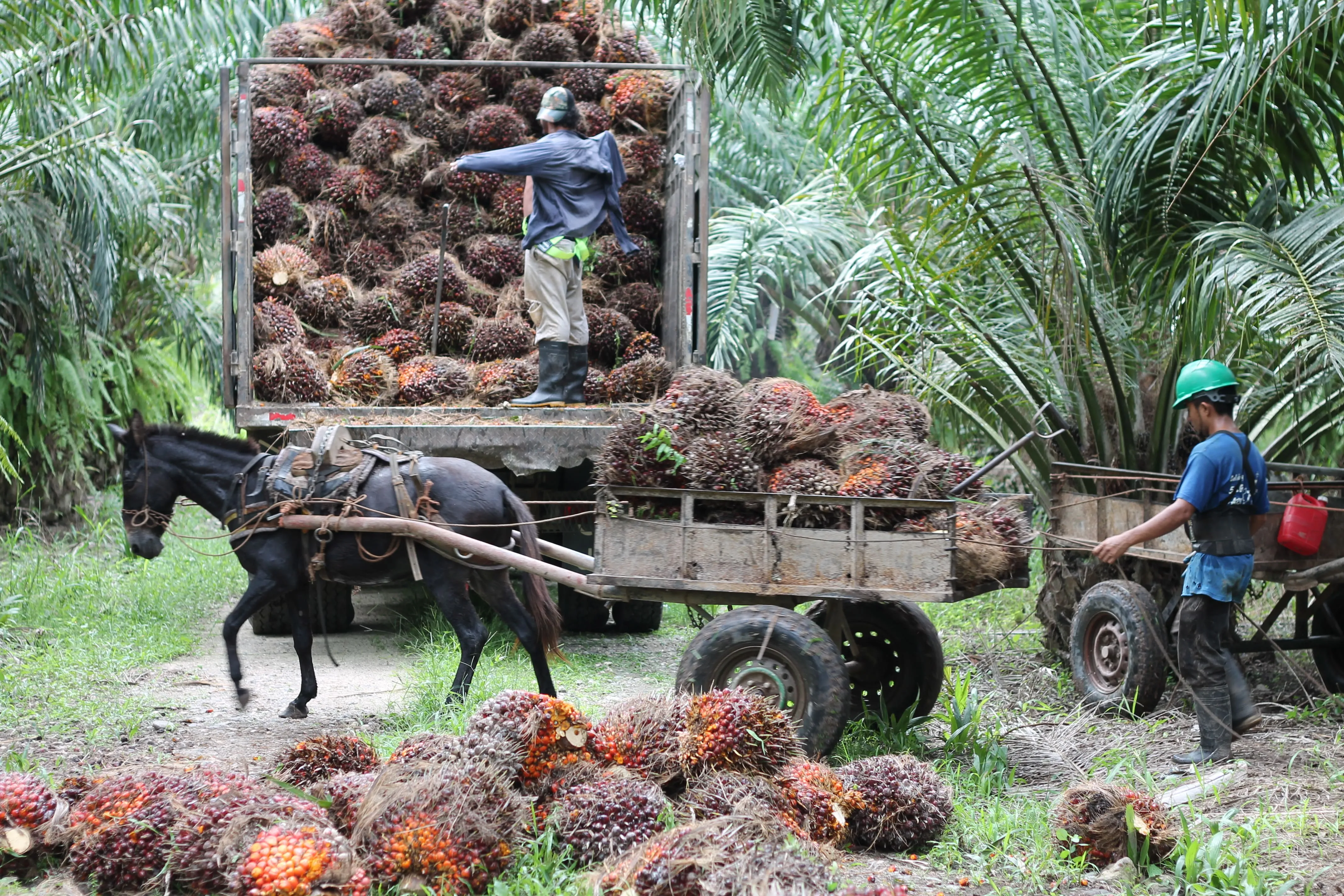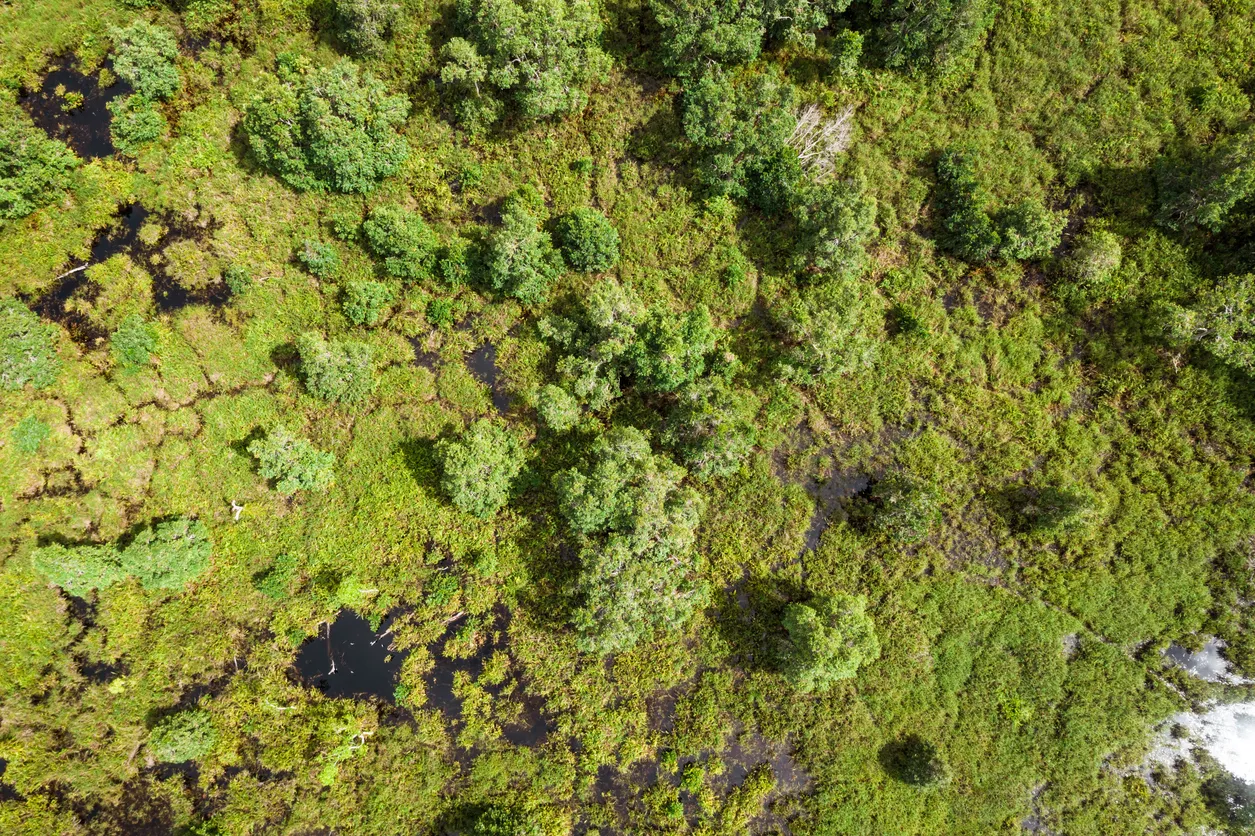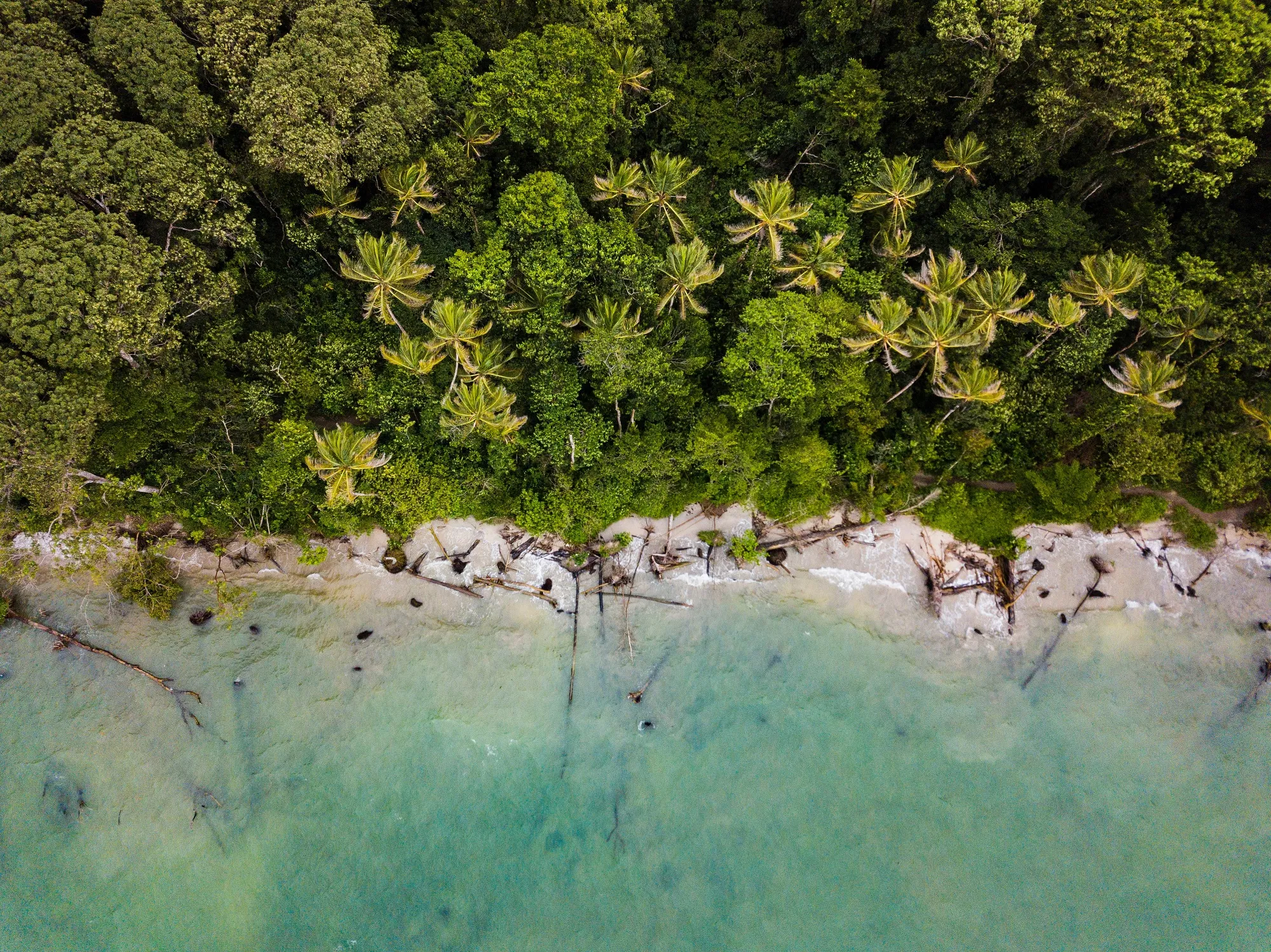
The HCV Screening Guide – Two years on
The recent uptake of landscape and jurisdictional initiatives has increased the interest of companies, governments and multilateral institutions in applying the High Conservation Value (HCV) approach at larger scales.
The recent uptake of landscape and jurisdictional initiatives has increased the interest of companies, governments and multilateral institutions in applying the High Conservation Value (HCV) approach at larger scales. This would help guide land use planning, sustainable sourcing initiatives, legislative and regulatory measures, etc.
The HCV Network published the first HCV Screening Guidance for HCVs across large landscapes in early 2019. Now, an updated Screening Guidance includes experiences gained through screenings led by the HCV Network and input from practitioners who have done similar work in other locations. HCV Screening can highlight important HCV values and areas, identify information gaps and spark stakeholder discussion about long-term sustainability in their landscape.
Several companies, NGOs, and development organisations are mapping HCVs across landscapes and jurisdictions (across countries like Brazil, Indonesia, Ghana, Uganda, and Cameroon). Screening has been used to:
- Map risks (of forest, habitat loss) to HCVs in soy production in Brazil, providing inputs for engaging with growers and investors;
- Map HCVs in relation to oil palm mills in Indonesia to characterise risks to HCVs from oil palm production;
- Map potential HCVs important for protection against flood risks for communities;
- Map HCVs and HCS forest in landscapes where companies have made no- deforestation, no-peat, no-exploitation (NDPE) commitments;
- In cocoa production landscapes in West Africa - screening has contributed to multi-stakeholder programs for supporting sustainable commodity production while contributing to forest protection and livelihoods;
- Map where rubber production might threaten HCVs; results can highlight where rubber smallholder farmers need incentives and support for conservation-friendly farming;
- Prepare for joining jurisdictional certification programmes;
- Help governments regulate landscape conversion and protect HCVs as part of spatial planning.
Screening in Kapuas Hulu, Indonesia
A team of experts from Tropenbos Indonesia, Daemeter Consulting, and the HCV Network conducted a HCV and High Carbon Stock (HCS) forest screening exercise in Kapuas Hulu. Results showed that forests containing environmental HCVs and HCS forest cover most of the district, overlapping often and being exposed to similar threats. Environmental HCVs in Kapuas Hulu include habitats for threatened species like orangutan, peatlands, several types of forests, and critical ecosystem services including natural fire breaks and flooding controls.
They are most at risk in areas allocated to agricultural land use and production forests. The most at-risk HCVs are peatlands, ecological corridors and forests along rivers that provide refuges for biodiversity.
With most of the communities in Kapuas Hulu heavily dependent on forest, the entire district is likely to have social HCV values, with impacts of oil palm development as the most frequently cited high-impact threat. Validating the map of indicative social HCVs will require a Free Prior and Informed Consent (FPIC) process. The screening results will provide important information for district spatial planning, for meeting the district’s sustainability objectives,and for sustainable sourcing and initiatives for rubber and palm farmers.
Screening in Rio Doce, Brazil
The Rio Doce basin is home to over 3 million people, who depend on the river for water, food, livelihoods, leisure and more. In 2015, disaster struck near the town of Mariana in Brazil when a mining tailings dam collapsed, sending water, mud, and debris 650 km down the Rio Doce, ultimately reaching the Atlantic Ocean. In this case, an HCV Screening, co-led by the HCV Network, Nativa Meio Ambiente and Proforest, was used to make recommendations for conservation and restoration in a post-disaster context.
The screening helped to assess the probability of having HCVs in the region, and understanding how the disaster affected them and other human activities.
The screening team:
- Developed a set of indicators for HCVs and produced indicative HCV maps;
- Identified information gaps for HCV identification;
- Performed a threats analysis and formulated management and monitoring recommendations for improving and/or maintaining potential HCVs.
Results presented a pragmatic estimate of where social and biodiversity values are concentrated throughout the watershed and where environmental damage occurred across the whole river basin, which could be used to prioritise restoration actions. The screening identified twelve HCV areas, habitats and ecosystems important for the human populations residing there, in particular a large mangrove ecosystem that supports numerous traditional communities, including indigenous peoples and artisanal fishing communities.
The HCVN Secretariat intends to continually engage with practitioners who conduct screenings to better understand the different ways it is being and can be used – and to widely share the learnings. The updated guidance includes sections on how screening can contribute to site-level assessments and activities and how to scale up both HCV and the High Carbon Stock (HCS) approaches together in landscapes.
The updated screening guidance will be officially launched at the HCV Summit on 2-3 June. For more information, please contact Ellen Watson.
Related Posts
Protegiendo el carácter ambiental y social único del sureste de México con el Enfoque de AVC
Hace dos años, HCVN y FEMEXPALMA firmaron un acuerdo de cooperación para promover prácticas sostenibles de producción de aceite de palma a través de la conservación, el desarrollo de capacidades y la divulgación. Hoy, el involucramiento de los pequeñosproductores se ha vuelto esencial en la protección de los Altos Valores de Conservación.
Read MoreProtecting southeastern Mexico’s unique environmental and social character using the HCV Approach
Two years ago, HCVN and FEMEXPALMA signed a cooperation agreement to promote sustainable practices in palm oil production through conservation, capacity building, and outreach. Today, the contributions of small-scale producers have become essential in the protection of High Conservation Values.
Read MoreDébloquer des incitations pour des solutions fondées sur la nature avec les communautés forestières
L'outil Forest Integrity Assessment (FIA) est une approche de liste de contrôle simple et conviviale conçue pour permettre aux gestionnaires de terres et à d'autres non-biologistes d'effectuer des estimations rapides et efficaces de l'état de la biodiversité forestière.
Read MoreOur Partnerships
Alongside many global initiatives, our work with partners promotes practices that help meet the global Sustainable Development Goalsand build a greener, fairer, better world by 2030.


Femexpalma
In April 2022, FEMEXPALMA and the HCV Network signed a 5-year cooperation agreement to promote sustainable production of palm oil in Mexico. FEMEXPALMA is a Mexican independent entity that represents palm production at the national level and promotes the increase of productivity in a sustainable way.
With global markets becoming stricter, for Mexican producers to be able to export to key markets such as the European Union, they must meet strict requirements such as certification by the Roundtable on Sustainable Palm Oil (RSPO). To be certified by RSPO, the HCV Approach must be applied prior to the establishment of any new oil palm plantations. With this cooperation agreement, the HCV Network will support FEMEXPALMA’s members and allies to design better strategies to identify, manage and monitor High Conservation Values and support smallholders to achieve RSPO certification and implement good agricultural practices.
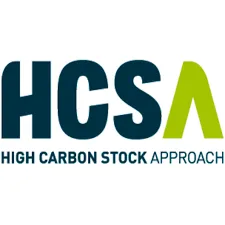

High Carbon Stock Approach
The High Carbon Stock Approach (HCSA) is an integrated conservation land use planning tool to distinguish forest areas in the humid tropics for conservation, while ensuring local peoples’ rights and livelihoods are respected.
In September 2020, HCV Network and the HCSA Steering Group signed a five-year Memorandum of Understanding (MoU) to strengthen their collaboration to conserve forests and uphold community rights in tropical forests. The HCS and HCV Approaches are cornerstones of corporate no deforestation and conservation commitments, and increasingly for actors working at different scales. The collaboration aims to further support effective implementation of these commitments through increased uptake of the HCV and HCS tools.
Through this MoU, HCSA and HCVRN are pursuing two main strategic goals:
- Strive to promote the application of the two approaches in tropical moist forest landscapes and explore further opportunities for collaboration.
- Ensure that, where the two approaches are applied together, this happens in a coordinated, robust, credible, and efficient manner, so that HCS forests and HCVs are conserved, and local peoples’ rights are respected.


World Benchmarking Alliance
From May 2022, the HCV Network is an ally at the World Benchmarking Alliance (WBA). WBA is building a diverse and inclusive movement of global actors committed to using benchmarks to incentivise, measure, and monitor corporate performance on the SDGs, and will assess and rank the performance of 2,000 of the world’s most influential companies against seven systems of transformation by 2023.
The scope of WBA’s circular transformation was expanded to cover nature and biodiversity as recognition of the need for greater understanding, transparency and accountability of business impact on our environment. The WBA Nature Benchmark was launched in April 2022, which will be used to rank keystone companies on their efforts to protect our environment and its biodiversity. As HCV Areas are recognised as key areas important for biodiversity, companies that publicly disclose their actions to identify and protect HCVs will contribute to the assessment of their performance against the benchmark.
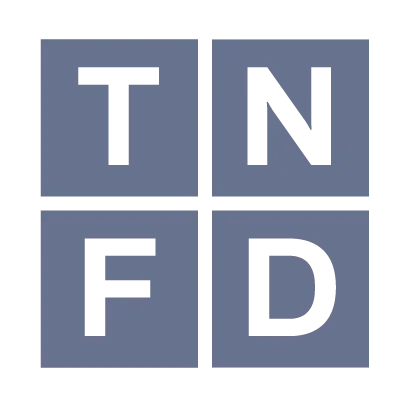

Taskforce on Nature-related Financial Disclosures - TNFD
The Taskforce on Nature-related Financial Disclosures (TNFD) is a global, market-led initiative, established with the mission to develop and deliver a risk management and disclosure framework for organizations to report and act on evolving nature-related risks, with the aim of supporting a shift in global financial flows away from nature-negative outcomes and toward nature-positive outcomes.
In April 2022, the HCV Network joined the TNFD Forum. The TNFD Forum, composed of over 400 members, is a world-wide and multi-disciplinary consultative network of institutional supporters who share the vision and mission of the task force.
By participating in the Forum, the HCV Network contributes to the work and mission of the taskforce and help co-create the TNFD Framework which aims to provide recommendations and advice on nature-related risks and opportunities relevant to a wide range of market participants, including investors, analysts, corporate executives and boards, regulators, stock exchanges and accounting firms.


Aquaculture Stewardship Council
The Aquaculture Stewardship Council (ASC) is the world’s leading certification scheme for farmed seafood – known as aquaculture – and the ASC label only appears on food from farms that have been independently assessed and certified as being environmentally and socially responsible. In 2021, the HCV Network and ASC formalised their collaboration through a Memorandum of Understanding (MoU). The MoU represents the first step in a fruitful relationship aimed at conserving HCVs in aquaculture. Although, existing guidance on the use of the HCV Approach currently focuses mainly on forestry and agriculture, the HCV Approach is however generic, and in principle also applicable to aquatic production systems. Through this MoU, this is recognised by the Aquaculture Stewardship Council (ASC) in their ASC farm standard, in which the protection of HCV areas is mentioned in the context of expansion


Accountability Framework Initiative
The Accountability Framework initiative (AFi) is a collaborative effort to build and scale up ethical supply chains for agricultural and forestry products. Led by a diverse global coalition of environmental and human rights organizations, the AFi works to create a “new normal” where commodity production and trade are fully protective of natural ecosystems and human rights. To pursue this goal, the coalition supports companies and other stakeholders in setting strong supply chain goals, taking effective action, and tracking progress to create clear accountability and incentivize rapid improvement. In July 2022, the HCV Network joined AFi as a Supporting Partner. AFi Supporting Partners extend the reach and positive impact of the AFi by promoting use of the Accountability Framework by companies, industry groups, financial institutions, governments, and other sustainability initiatives, both globally and in commodity-producing countries.


Biodiversity Credit Alliance
The Biodiversity Credit Alliance (BCA) is a global multi-disciplinary advisory group formed in late 2022. Its mission is to bring clarity and guidance on the formulation of a credible and scalable biodiversity credit market under global biodiversity credit principles. Under these principles, the BCA seeks to mobilize financial flows towards biodiversity custodians while recognising local knowledge and contexts.
The HCVN joined the BCA Forum in August 2023 to learn more from the many organizations already coming together to find effective pathways to opening up credit-based approaches, and how to contribute our knowledge and experience of years of working in a practical way, often with global sustainability standards and their certified producers, to protect what matters most to nature and people.
.webp)
.webp)
Nature Positive Forum
The Nature Positive Initiative is a group of stakeholders coming together to find ways to unlock success and achieve Nature Positive - a global societal goal defined as ‘halt and reverse nature loss by 2030 on a 2020 baseline, and achieve full recovery by 2050’, in line with the mission of the Kunming-Montreal Global Biodiversity Framework.
Core work includes preserving the integrity of ‘Nature Positive’ as a measurable 2030 global goal for nature for business, government, and other stakeholders, and providing the tools and guidance necessary to allow all to contribute. The initiative also advocates for the full implementation of the Kunming-Montreal Global Biodiversity Framework by governments and other stakeholders.
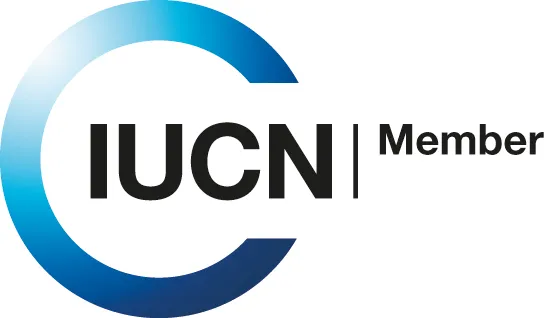

IUCN
IUCN is a membership Union uniquely composed of both government and civil society organisations. It provides public, private, and non-governmental organisations with the knowledge and tools that enable human progress, economic development, and nature conservation to take place together.
Created in 1948, IUCN is now the world’s largest and most diverse environmental network, harnessing the knowledge, resources and reach of more than 1,400 Member organisations and around 15,000 experts. It is a leading provider of conservation data, assessments, and analysis. Its broad membership enables IUCN to fill the role of incubator and trusted repository of best practices, tools, and international standards.
IUCN provides a neutral space in which diverse stakeholders including governments, NGOs, scientists, businesses, local communities, indigenous peoples’ organisations, and others can work together to forge and implement solutions to environmental challenges and achieve sustainable development.
Working with many partners and supporters, IUCN implements a large and diverse portfolio of conservation projects worldwide. Combining the latest science with the traditional knowledge of local communities, these projects work to reverse habitat loss, restore ecosystems, and improve people’s well-being.

Get Involved
Our Mission as a network is to provide practical tools to conserve nature and benefit people, linking local actions with global sustainability targets.
We welcome the participation of organisations that share our vision and mission to protect and enhance High ConservationValues and the vital services they provide for people and nature. By collaborating with the Network, your organisation can contribute to safeguarding HCVs while gaining valuable insights and connections that support your sustainability goals.
We are seeking collaborative partners to help expand and enhance our work, as well as talented professionals who can join the growing Secretariat team, and for professionals who can contribute to the credible identification of High Conservation Values globally.
Join us in securing the world’s HCVs and shaping a sustainable future.
